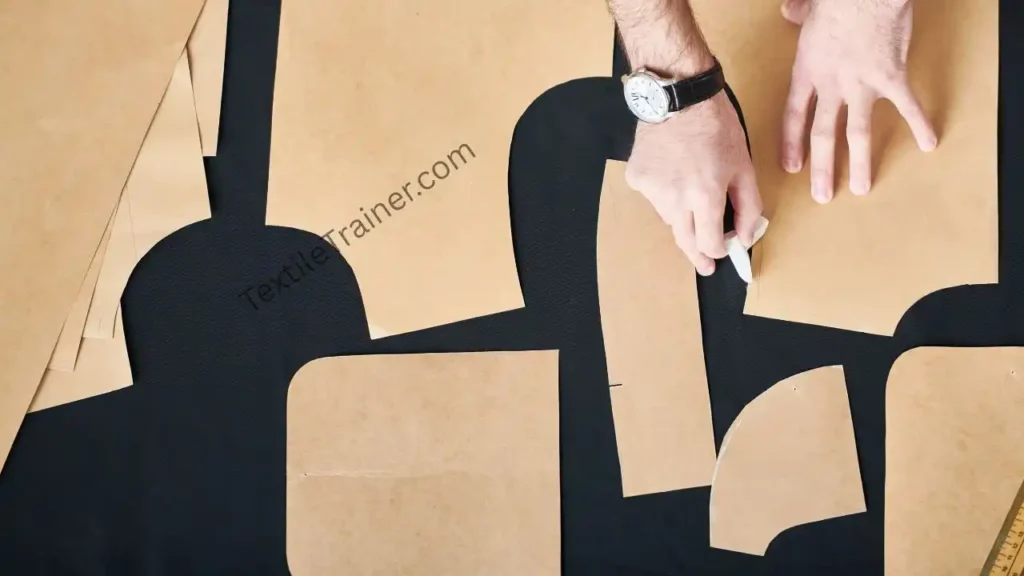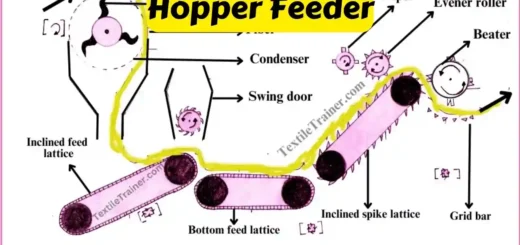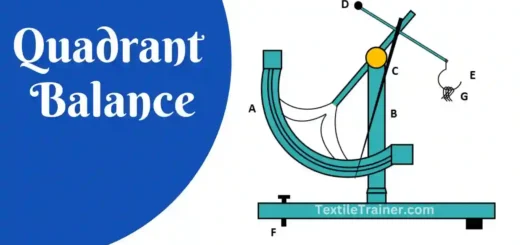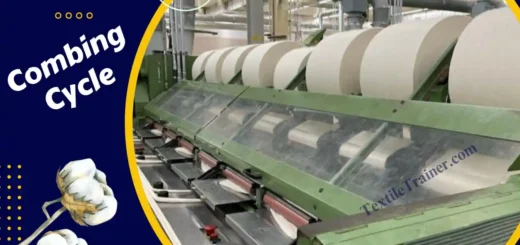Marker Making Process in Garment Industry Step-by-Step
Name of the Experiment
Study on marker making process in the garment industry/ Marker making techniques and their impact on cost in the garment industry.
Introduction
A marker is a thin sheet of paper on which all the patterns of a garment are drawn and arranged in such a way as to minimize fabric wastage. In the garment industry, marker making process is a critical step. This process directly impacts on fabric utilization. Besides, it also impacts on total production cost of garments, and overall efficiency. Marker width depends on the minimum fabric width, but the length of the marker depends on the size of the patterns used for marker making. A very skilled person is required to make an efficient marker. Generally, there are two ways for marker making process. They are:
- Manual marker making process
- Computer-aided marker making process
The manual maker making method is suitable for small-scale production. It involves a lower initial investment. But this method is slower and less efficient. It leads to higher production costs. Besides, the manual marker making process increases fabric wastage.
On the other hand, the computerized marker making method is perfect for large-scale production. This method reduces production time and fabric wastage. Additionally, the computerized marking making process is faster compared to the manual marker making process. But, the initial investment of the computerized marker making method is higher. Because the software ( Gerber AccuMark, Lectra Modaris and Diamino, Optitex, and etc) and equipment price is costly. However, there no facilities to make the marker by using computer. We will practice manual marker making process.
You may read: How to Calculate Marker Efficiency in Garment Manufacturing
Objective
- To understand the marker making process in the garment industry.
- To learn the techniques of arranging patterns on marker paper to minimize the fabric wastage.
- Come to learn different marker making methods.
Materials and Equipment
Some materials and equipment is needed to draw a marker. They are:
- Pattern paper
- Maker paper
- Pencil
- Eraser
- Measuring scale/tape
- Scissor
- Table for marker layout

Working Procedure
Manual marker making process is practiced in the lab. There are some step is followed for manual marker making. They are:
- Initially, marker making table is cleaned.
- Then, maker paper (maker paper is a thin paper made of white pater or newsprint paper) is placed on the marker making table.
- Now, pattern pieces of a garment are arranged on the maker paper. In this case it is crucial to ensure gain line and the fabric direction.
- Subsequently, trace the layout by using a pencil.
- Now, the marker is inspected carefully to ensure accuracy.
- Finally, maker is ready for fabric cutting.
So, these are the working procedure of manual marker making process.
Conclusion
Maker making process is an essential process to optimize fabric consumption in garment production as well as in garment industry. From this lab report, the manual marker making process is understood. We have no computerized marker making system. But, we gain theory about computerized marker making process and how to work. However, this lab report will be helpful in future life as well as in career life. Thanks to our teacher to helps us.
More Lab Report
- Top 20 Tools for Garment Pattern Drafting in Fashion Design.
- Types of Industrial Sewing Machines with Simple Application.
- Sewing Needle Anatomy: Essential Parts and It’s Simple Function.
- Mechanism of Chain Stitch Formation with Dynamic Image.
- General Concepts of Different Fusing Technique to Ignite Your Skill.
- Mechanism of Lockstitch Formation with Dynamic Image.
- Types of Stitches Used in Garments with Proper Image.
- Different Types of Seam Used in Garments Industry with Proper Figure
- Study on Modern Flow Chart of Garments Manufacturing.
- Basic Pant Fabric Consumption Calculation : A Complete Easy Guide



